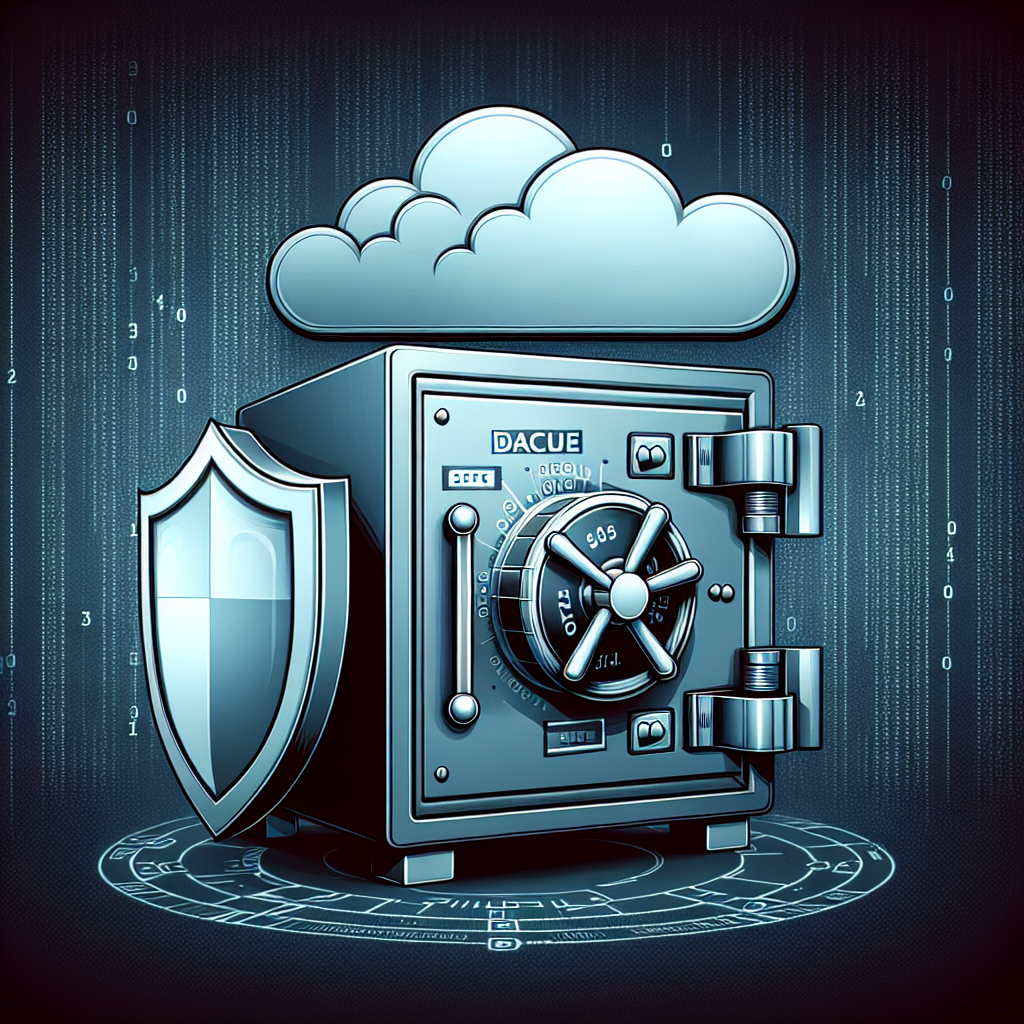Fix today. Protect forever.
Secure your devices with the #1 malware removal and protection software
In today’s digital age, data security is more important than ever. With the increasing amount of personal and sensitive information being stored online, it’s crucial to take steps to securely store and protect your data from potential threats. Whether you’re a business owner or an individual, following these best practices can help you keep your data safe from hackers, cybercriminals, and other malicious actors.
1. Use strong passwords: One of the simplest and most effective ways to protect your data is by using strong, unique passwords for all of your accounts. Avoid using easily guessable passwords, such as “123456” or “password,” and consider using a password manager to generate and store complex passwords for you.
2. Enable two-factor authentication: Two-factor authentication adds an extra layer of security to your accounts by requiring a second form of verification, such as a code sent to your phone or email. This can help prevent unauthorized access to your data even if your password is compromised.
3. Encrypt your data: Encryption is a process that converts your data into a code that can only be read with the correct encryption key. By encrypting your sensitive files and communications, you can ensure that even if your data is intercepted, it will be unreadable to anyone without the decryption key.
4. Backup your data regularly: Data loss can happen for a variety of reasons, from hardware failure to cyberattacks. To protect against this, make sure to regularly backup your data to an external hard drive, cloud storage service, or other secure location. This way, if your data is ever lost or corrupted, you can easily restore it from your backups.
5. Keep your software up to date: Software updates often include security patches that address known vulnerabilities and protect against new threats. By keeping your operating system, applications, and antivirus software up to date, you can reduce the risk of your data being compromised by malicious actors.
6. Limit access to your data: Be mindful of who has access to your data and only share it with trusted individuals or organizations. If you’re storing data on a shared network or cloud service, consider setting up permissions and access controls to restrict who can view, edit, or delete your files.
7. Educate yourself and your team: Data security is a shared responsibility, so make sure to educate yourself and your team members about best practices for securely storing and protecting data. This includes recognizing phishing emails, avoiding clicking on suspicious links, and being cautious about sharing sensitive information online.
By following these best practices, you can help protect your data from potential threats and ensure that your personal and sensitive information remains secure. Remember, data security is an ongoing process, so make sure to regularly review and update your security measures to stay ahead of evolving threats.
Fix today. Protect forever.
Secure your devices with the #1 malware removal and protection software

Leave a Reply
You must be logged in to post a comment.